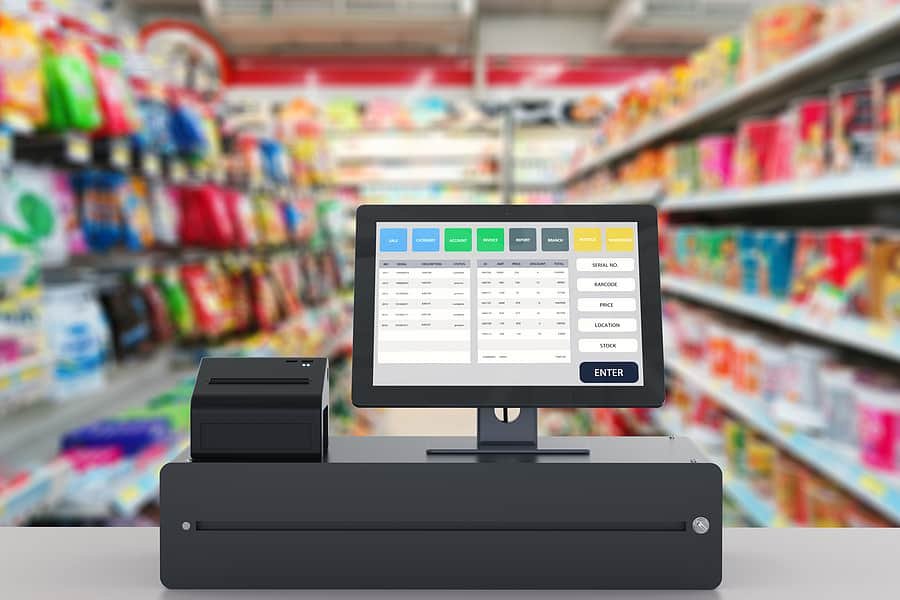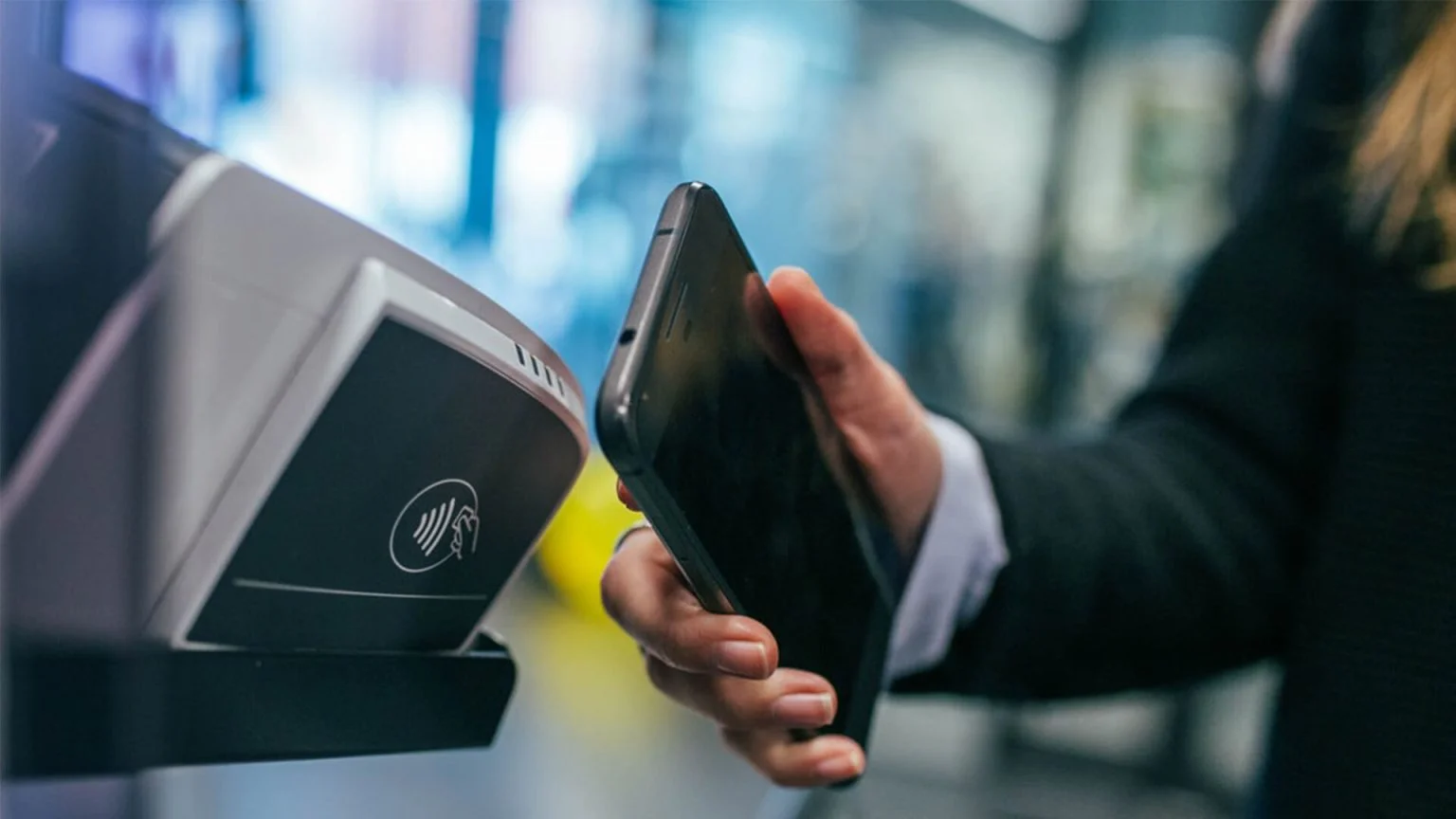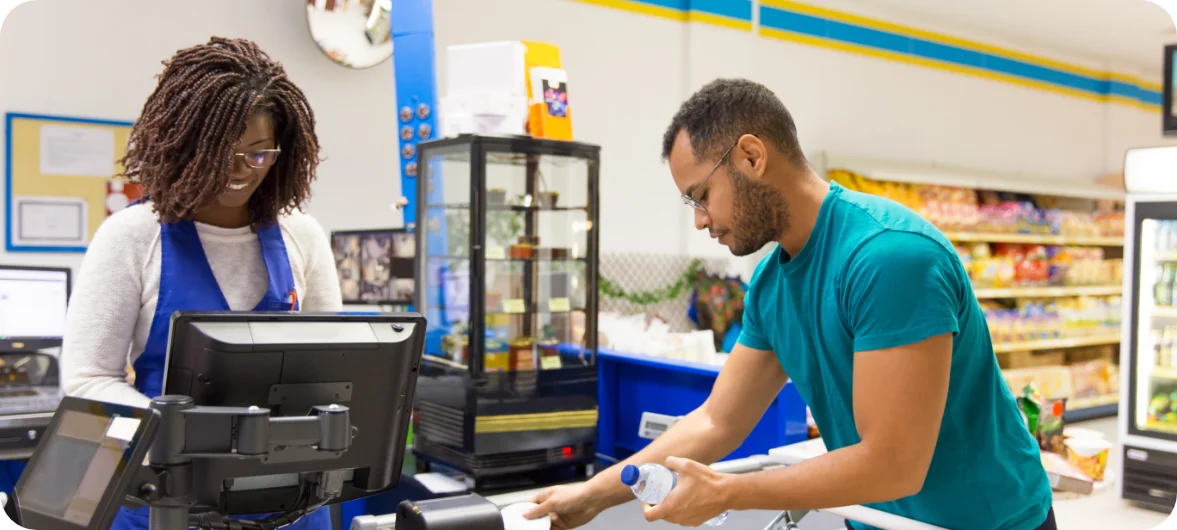HOW TO IMPROVE SALES AND REVENUE WITH ANALYTICS FROM A CONVENIENCE STORE POS SYSTEM

The convenience store industry is a highly competitive one, with margins that are often tight. That’s why it’s so important for convenience store owners to make the most of every opportunity to improve their sales and revenue.
One of the best ways to do this is to use analytics from your convenience store POS system. A POS system can track a wide variety of data, including sales, inventory, customer behavior, and more. This data can be used to identify trends, make informed decisions, and improve your bottom line.
Understanding the Convenience Store POS System
A convenience store POS system is more than just a tool for processing transactions. It’s a treasure trove of data that encompasses sales, inventory, customer behavior, and more. This data, when harnessed effectively, can provide actionable insights that lead to better decision-making and improved financial outcomes.
1. Real-time Inventory Management
One of the primary advantages of utilizing analytics from a convenience store POS system is real-time inventory management. With accurate and up-to-date insights into stock levels, store owners can optimize inventory, reduce overstocking or stockouts, and minimize storage costs. This not only ensures that popular products are always available but also prevents potential revenue loss due to missed sales opportunities.
2. Tailoring Product Assortment
Analytics-driven insights enable store owners to understand customer preferences and buying patterns. By identifying which products are in high demand and which ones are underperforming, owners can tailor their product assortment to match customer preferences. This targeted approach not only enhances the shopping experience but also increases the likelihood of upselling and cross-selling, thereby boosting overall revenue.
3. Personalized Marketing Campaigns
Understanding customer behavior is essential for effective marketing. The data extracted from a convenience store POS system allows for the creation of personalized marketing campaigns. By sending relevant offers and promotions to customers based on their past purchases, owners can drive repeat business and foster customer loyalty. This, in turn, leads to increased sales and revenue.
4. Pricing Strategy Refinement
Pricing plays a pivotal role in influencing buying decisions. Analytics from a POS system provide insights into price elasticity – how changes in price impact sales volume. Store owners can experiment with different pricing strategies and analyze the resulting sales trends to determine the optimal pricing for maximizing revenue.
5. Staff Performance and Training
Efficient staff contributes to a seamless shopping experience. By analyzing data on transaction times, peak hours, and customer satisfaction, store managers can optimize staffing schedules and identify training needs. Improved customer service translates to higher customer satisfaction, increased repeat business, and ultimately, improved revenue.
6. Seasonal and Trend Analysis
Understanding seasonal trends and consumer behavior during specific periods is vital. Analytics from the POS system can reveal historical sales data, helping owners predict trends and adapt their strategies accordingly. Whether it’s stocking up on certain products before a holiday or running promotional offers during peak seasons, this data-driven approach can significantly impact revenue.
7. Customer Loyalty Programs
Loyal customers are the backbone of any successful business. With analytics, store owners can identify their top customers and reward them through loyalty programs. These programs not only enhance customer retention but also encourage higher spending, directly contributing to increased sales and revenue.
Here are a few specific ways that you can use analytics from your convenience store POS system to improve your sales and revenue:
- Identify popular products and promote them more heavily. POS data can show you which products are selling the best. This information can be used to promote these products more heavily in your store, both in-store and online. You can also use this information to negotiate better prices from your suppliers.
- Track inventory levels and prevent stockouts. A well-stocked store is a happy store. POS data can help you track inventory levels and prevent stockouts. This will ensure that your customers can always find the products they want, when they want them.
- Target your marketing campaigns more effectively. POS data can be used to create customer profiles. This information can be used to target your marketing campaigns more effectively. For example, you can send targeted coupons or promotions to customers who have purchased certain products in the past.
- Improve customer service. POS data can be used to identify areas where customer service can be improved. For example, you can track the average wait time for customers to be served, or the number of customer complaints. This information can be used to make changes that will improve the customer experience and encourage repeat visits.
By using analytics from your convenience store POS system, you can gain valuable insights into your business and make informed decisions that will help you improve your sales and revenue.
Here are some additional tips for using POS analytics to improve your convenience store business:
- Choose a POS system that offers robust analytics capabilities. Not all POS systems are created equal. When choosing a POS system for your convenience store, make sure to choose one that offers a wide range of analytics features. This will give you the data you need to make informed decisions about your business.
- Regularly review your POS data. The data from your POS system is only valuable if you use it. Make sure to regularly review your POS data and look for trends and patterns. This information can be used to identify areas where you can improve your business.
- Share your POS data with other stakeholders. The data from your POS system can be valuable to other stakeholders in your business, such as your suppliers, marketing team, and management team. Make sure to share this data with them so that they can use it to make informed decisions that will benefit your business.
Conclusion
In the dynamic world of retail, convenience store owners must leverage every available advantage to remain competitive. Analytics from a convenience store POS system offer actionable insights that can drive decision-making and foster growth. From optimizing inventory to crafting personalized marketing campaigns, the power of data-driven strategies cannot be overstated. As convenience store owners embrace analytics, they unlock the potential for enhanced sales, improved customer satisfaction, and sustained revenue growth. Embrace the future of retail by harnessing the power of your POS system’s analytics – it’s a step towards success that you can’t afford to miss.
More Related Trends

Mobile point-of-sale (mPOS) systems are becoming increasingly popular in the UK, as they offer a convenient and flexible way for businesses to accept payments. However, ….

The convenience store industry is a highly competitive one, with margins that are often tight. That’s why it’s so important for convenience store owners to ….

In today’s fast-paced business environment, the effective management of distribution and shipping is essential to the success of any business. This is where a point of ….

The National Convenience Show (NCS) stands as the premier destination to explore, experience, and acquire a diverse range of c-store-specific products and services. Positioned at ….

Managing a retail store comes with challenges, and navigating various tasks can be overwhelming. However, there is a solution to streamline your operations: a retail ….

In the dynamic realm of retail, the pursuit of increased sales is perpetual. Whether you operate a boutique, a flagship store, or a chain outlet, ….
